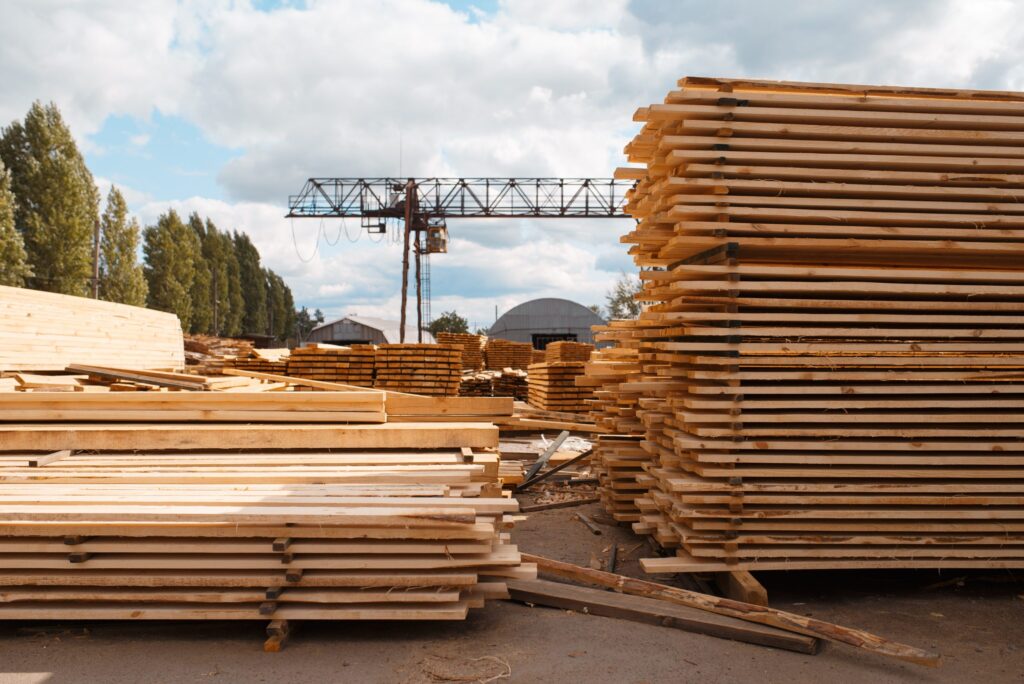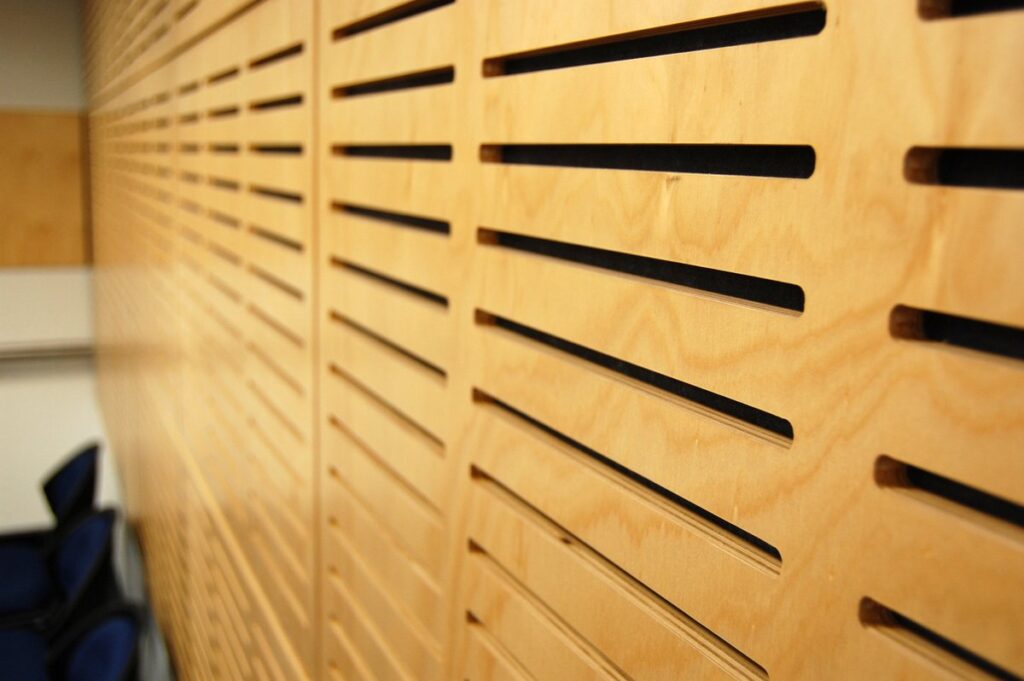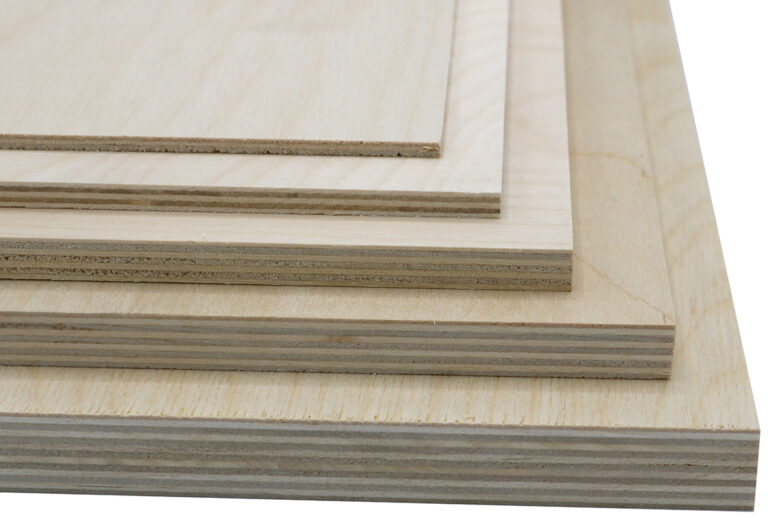Understanding Plywood Grading
Plywood is a versatile building material commonly used in construction and woodworking projects. It is important to understand the grading system used for plywood to ensure you are selecting the right grade for your specific application. Plywood is graded based on its appearance, durability, and structural properties.
There are various grades of plywood available in the market, each with its own set of characteristics and recommended uses. In this article, we will focus on the key differences between F14 grade plywood and F17 grade plywood.
When it comes to plywood grading, F14 grade plywood is known for its high quality and smooth surface finish. It is often used in applications where appearance is important, such as furniture making and interior finishing. F14 grade plywood is also valued for its strength and durability, making it a popular choice for structural projects that require reliable performance.
On the other hand, F17 grade plywood is recognized for its superior structural properties and ability to withstand heavy loads and stress. This grade of plywood is commonly used in construction projects that require a strong and stable material, such as flooring, roofing, and formwork. F17 grade plywood is engineered to provide exceptional strength and stability, making it a reliable choice for demanding applications.
In-depth Look at F14 Grade Plywood
Composition and Characteristics of F14 Plywood
F14 grade plywood is a high-quality plywood that is known for its strength and durability. It is typically made from multiple layers of thin wood veneers, which are glued together with the grain direction alternating between each layer. This cross-grain construction gives the plywood its strength and stability.
F14 grade plywood is made from hardwood species such as birch, eucalyptus, or maple. It has a smooth and even surface, with minimal defects such as knots or voids. The thickness of F14 grade plywood ranges from 2.7mm to 30mm.
One of the key characteristics of F14 grade plywood is its resistance to warping and twisting, making it an ideal choice for projects that require dimensional stability. This plywood is manufactured using high-quality adhesives that ensure the layers remain bonded even under varying temperature and humidity conditions. The smooth surface of F14 grade plywood allows for precise cutting and shaping, making it a favorite among craftsmen and builders alike.
Ideal Uses for F14 Grade Plywood
Due to its high strength and durability, F14 grade plywood is often used in applications that require structural support and load-bearing capacity. It is commonly used in building construction for applications such as flooring, roofing, and formwork.
F14 grade plywood is also suitable for making furniture, cabinets, and other woodworking projects where strength and stability are essential. Its smooth surface makes it easy to paint or veneer, giving it a clean and finished appearance.
While F14 grade plywood is more expensive than lower grade options, its superior quality and performance make it a worthwhile investment for projects that require long-term durability.

Comprehensive Overview of F17 Grade Plywood
Composition and Characteristics of F17 Plywood
F17 grade plywood is another high-quality plywood option known for its strength and durability. Like F14 grade plywood, it is made from multiple layers of thin wood veneers with cross-grain construction.
However, F17 grade plywood is typically made from softwood species such as pine or spruce. It has a slightly rougher surface compared to F14 grade plywood and may have more visible defects such as knots.
One of the key characteristics of F17 grade plywood is its impressive resistance to bending and warping, making it a reliable choice for structural applications where stability is crucial. The use of softwood species in its composition gives F17 plywood a unique blend of strength and flexibility, allowing it to withstand heavy loads and varying environmental conditions.
Ideal Uses for F17 Grade Plywood
F17 grade plywood is widely used in construction for applications such as wall sheathing, flooring underlayment, and temporary structures. It provides excellent load-bearing capacity and structural support, making it suitable for both residential and commercial projects.
Due to its affordability compared to F14 grade plywood, F17 grade plywood is also commonly used in non-structural applications such as furniture backing, shelving, and packaging.
Its versatility extends to DIY projects where its strength and durability can be leveraged for creating custom furniture pieces, storage solutions, and decorative elements. The rougher surface of F17 grade plywood can add a rustic charm to woodworking projects, enhancing the overall aesthetic appeal. Find more about storage on https://www.techtarget.com/searchstorage/definition/storage
Comparing F14 and F17 Plywood
Strength and Durability Comparison
Both F14 and F17 grade plywood are known for their strength and durability. However, F14 grade plywood, being made from hardwood species, has a slightly higher strength and stiffness compared to F17 grade plywood.
While both grades of plywood can withstand heavy loads and have good resistance to warping or bending, F14 grade plywood is more suitable for applications that require exceptional structural integrity and support.
Additionally, F14 grade plywood is often favored in construction projects where the plywood will be exposed to harsh weather conditions or high levels of moisture. The hardwood species used in F14 plywood offer increased resistance to moisture absorption, making it a preferred choice for outdoor applications such as roofing or exterior sheathing.
Cost Differences Between F14 and F17 Plywood
When it comes to cost, F17 grade plywood is generally more affordable compared to F14 grade plywood. This price difference can be attributed to the type of wood species used and the manufacturing process involved in producing each grade of plywood.
If cost is a significant consideration for your project and it does not require the highest level of strength and durability, F17 grade plywood can be a suitable and cost-effective option. However, if structural integrity is a top priority, investing in F14 grade plywood may be worth the extra expense.
Choosing the Right Plywood for Your Project
Factors to Consider When Choosing Plywood
When selecting plywood for a project, it is important to consider several factors:
- Intended Use: Determine the specific purpose of the plywood, whether it will be used for structural support, decorative purposes, or both.
- Grading: Understand the grading system and choose the grade that meets your project requirements in terms of appearance, strength, and durability.
- Wood Species: Take into account the type of wood species used in the plywood as it can affect its performance and characteristics.
- Thickness: Choose the appropriate thickness based on the intended application and the load-bearing capacity required.
- Budget: Consider your budget and strike a balance between cost and quality, ensuring that the chosen plywood meets your project’s needs without exceeding your financial limitations.

Tips for Selecting the Best Plywood Grade
When it comes to choosing between F14 grade plywood and F17 grade plywood, consider the specific requirements of your project. If you need exceptional strength and durability, F14 grade plywood may be the best choice, especially for structural applications.
However, if your project does not require the highest level of strength and you are working within a budget, F17 grade plywood can provide a cost-effective solution without compromising overall quality.
Remember to carefully assess the grading, composition, and intended uses of each plywood grade before making your final decision. By choosing the right plywood for your project, you can ensure optimal performance, longevity, and satisfaction with the end result. To learn more about composition click here.
Now, let’s delve deeper into the factors to consider when choosing plywood. One important aspect to keep in mind is the intended use of the plywood. If you are planning to use it for structural support, you need to select a grade that offers excellent strength and stability. On the other hand, if you are looking for plywood for decorative purposes, you might prioritize appearance over strength.
Another factor to consider is the grading system. Plywood is graded based on its appearance, strength, and durability. The grading system helps you determine the quality of the plywood and choose the grade that best suits your project requirements. It is essential to understand the grading system to make an informed decision.
Wood species also play a crucial role in plywood performance. Different wood species have distinct characteristics that can affect the strength, durability, and overall performance of the plywood. Some species are known for their exceptional strength, while others are prized for their aesthetic appeal. Consider the specific characteristics of the wood species used in the plywood to ensure it aligns with your project needs.
Thickness is another critical factor to consider. The appropriate thickness of the plywood depends on the intended application and the load-bearing capacity required. Thicker plywood is generally stronger and more suitable for heavy-duty applications, while thinner plywood is often used for lighter projects or where flexibility is desired.
Lastly, budget is an important consideration for many projects. It is essential to strike a balance between cost and quality when selecting plywood. While higher-grade plywood may offer superior performance, it may also come at a higher price. Evaluate your budget and choose a plywood grade that meets your project’s needs without stretching your financial limitations.
By taking these factors into account and carefully assessing the grading, composition, and intended uses of each plywood grade, you can make an informed decision. Remember, choosing the right plywood for your project is crucial for achieving optimal performance, longevity, and satisfaction with the end result.
Read about formply at: Where to Buy High-Quality Formply in Australia
